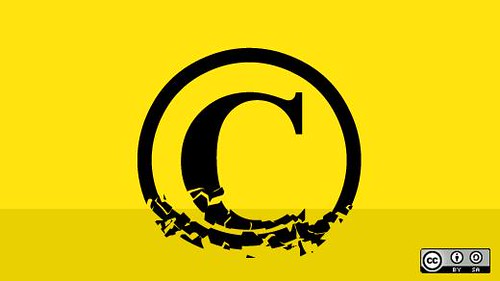It’s time for 5 Links Friday where I give you 5 links that have been burning a hole in my browser over the last week. As we barge into July, it seems pretty apparent that, like buying books, groceries, and therapy, you can get a pretty decent summer camp experience sitting in front of your screen. The five links below give varied and creative ways to stave off the summer whatdowedos and maybe learn something in the process.
As always, if you’ve got a link to share for some online edugoodness, post it in the comments.
Link 1 – Make, Play, Connect (Repeat)
The Mozilla and the National Writing Project, with support from the MacArthur Foundation, bring you the Summer to Make, Play & Connect. Driven by the principles of connected learning. this is a great platform with activities and a calendar of events. To help you find ways to, well, make, play & connect over the summer. To better understand the principles, check out the Connected Learning Alliance homepage.
Link 2 – A Code, Code Summer
Making the push for greater access to STEM learning more about practice than pomp, #YesWeCode brings this site for urban youth to connect with local coding organizations, coding mentors, and other top-notch resources for learning to code.
Link 3 – Learn to Lead for Learning
While edX has much more than education courses, I’m signed up for Richard Elmore’s Leading for Learning course, as I wrote earlier this week. The course is in its first week, and promises to be illuminating and challenging to what I think and why I think it. Come join in or take a look at the other edX offerings this summer.
Link 4 – DIY with a little Instructable help
If you’re looking for less guidance and more exploration, then you’ve got to bookmark the Instructables page. In the past, I’ve stopped by with some very pointed how-to questions, and that doesn’t stop me from browsing every once in a while for a what-now question.
Link 5 – Tell some stories…digitally
I love ds106 more than words can say. Around since 2010, the course is open, public and massive. The video above tells the story. As you think about building your summer, try here first, and be warned – it’s awesome.



![Dunlap Broadside [Declaration of Independence]](https://farm4.staticflickr.com/3633/3694394069_2d41fa536e.jpg)
